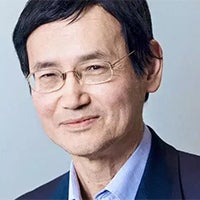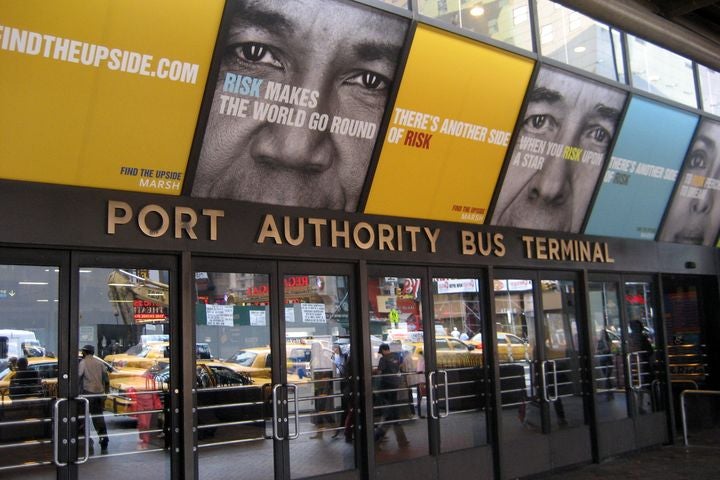Gordon Woo
Catastrophist, Moody's RMSGordon is a catastrophe-risk expert, with 30 years’ experience in catastrophe science, covering both natural and man-made hazards. Gordon is the chief architect of Moody's RMS terrorism risk model, which he started work on a year after joining RMS in December 2000. For his thought leadership in terrorism risk modeling, he was named by Treasury & Risk magazine as one of the 100 most influential people in finance in 2004. He has since lectured on terrorism at the NATO Center of Excellence for the Defense against Terrorism and testified before the U.S. Congress on terrorism-risk modeling.
As an acknowledged, international expert on catastrophes, Gordon is the author of two acclaimed books: “The Mathematics of Natural Catastrophes” (1999) and “Calculating Catastrophe” (2011). Dr. Woo graduated as the best mathematician of his year at Cambridge University and he completed his doctorate at MIT as a Kennedy Scholar and was a member of the Harvard Society of Fellows. He also has a Master of Science in computer science from Cambridge University.








